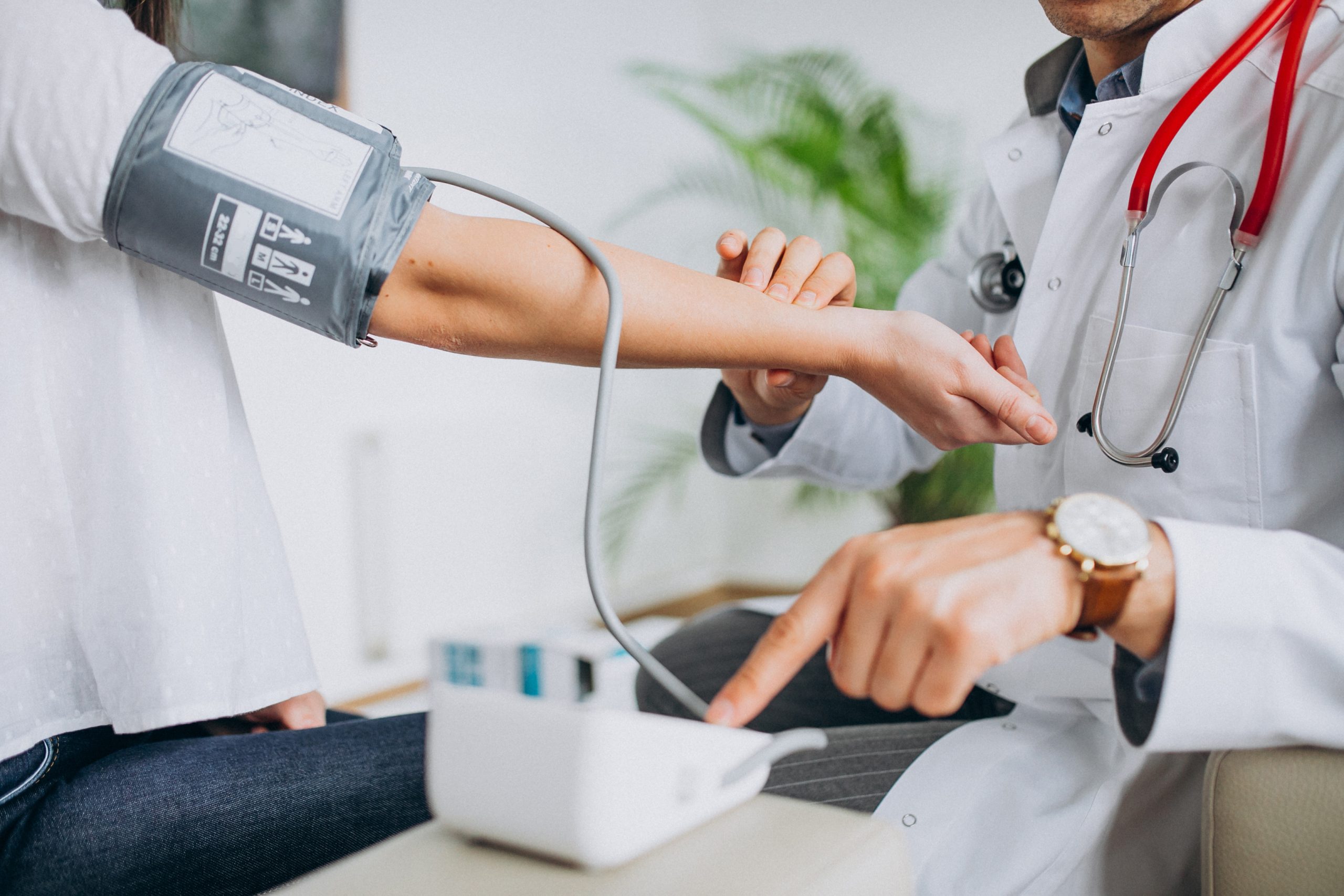
Blood pressure (BP) is the term used to determine the pressure of blood circulation against the walls of the blood vessels. Most of which is caused due to the heart pumping blood through the circulatory system. Blood pressure is one of the crucial signs, along with respiratory system, heart rate, oxygen saturation and body temperature, used by healthcare professionals in evaluating a patient’s health.
Normal resting blood pressure in an adult lies between 120/80 mmHg. Anything below 80, the person is considered to have Low Blood Pressure. Low blood pressure is generally considered a blood pressure reading lower than 90 mmHg. It is also called Hypotension.
There are mainly 4 types of Hypotension
1. Orthostatic hypotension (postural hypotension)– A sudden drop in blood pressure when standing from a sitting position or after lying down, caused due to dehydration, long-term bed rest, pregnancy, certain medical conditions and some medications. This condition is known as orthostatic hypotension or postural hypotension, which is commonly found in aged adults.
2. Postprandial hypotension– A sudden drop in blood pressure occurs within 1 to 2 hours of eating is known as Postprandial Hypotension. Commonly found amongst adults with high blood pressure or autonomic nervous system diseases such as Parkinson’s disease. Eating small, low-carbohydrate meals, and drinking more water while also avoiding alcohol helps reduce the symptoms.
3. Neutrally mediated hypotension- This type of low blood pressure mostly affects young adults and children, caused due to blood pressure drop that happens after standing for long hours. It might be a result of miscommunication between the heart and the brain.
4. Multiple system atrophy with orthostatic hypotension- Also called as Shy-Drager syndrome, is a rare disorder that affects the nervous system which controls involuntary functions such as blood pressure, heart rate, breathing and digestion. It is associated with extreme high blood pressure while the person is in a sleeping position.
Though symptoms can vary from confusion, especially in elders, cold, clammy skin, paleness of skin (pallor), rapid or shallow breathing and weak or rapid pulse rate. To keep low BP in check, one can increase their sodium intake, increase their fluid intakes, wear support stockings and take prescribed medications. One should minimise their alcohol intake, eat smaller low- carb meals, exercise regularly and pay attention to their body posture, to regularise blood flow in the body.
For more such articles, visit https://blog.phleboindia.com/
Refs-
https://www.healthgrades.com/right-care/heart-health/low-blood-pressure-high-heart-rate

